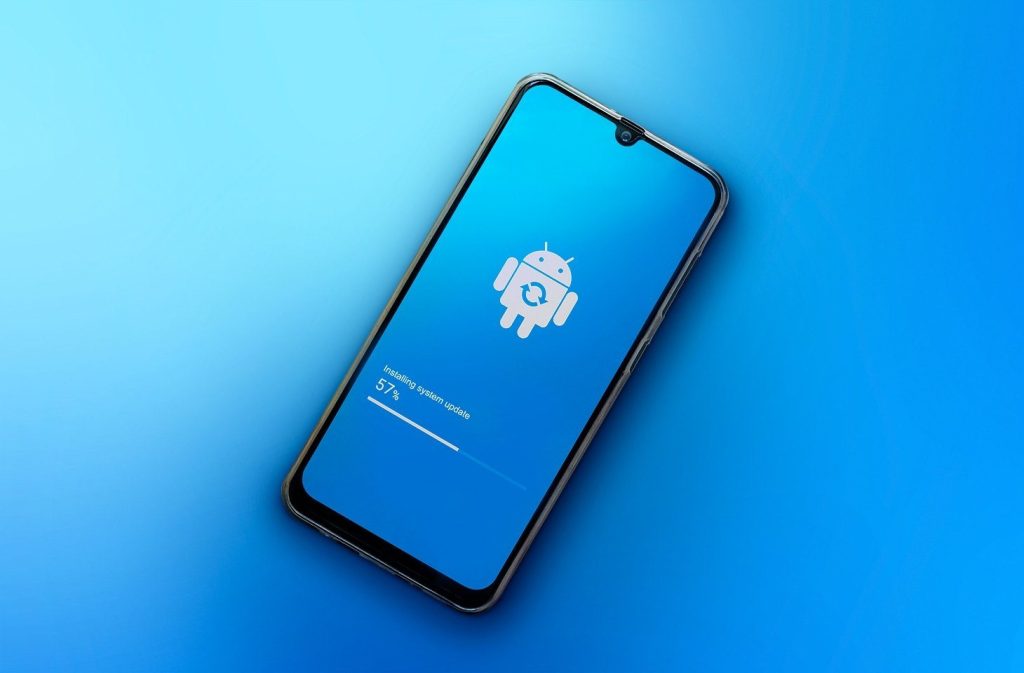Maintaining the functioning, security, and general user experience of smartphones and tablets depends heavily on mobile upgrades. Every update, whether it’s a little software patch or a significant operating system (OS) upgrade, goes through a laborious creation, testing, and deployment procedure. We’ll look at the whole process of creating mobile updates in this blog, from determining when they’re necessary to rolling them out to millions of devices globally.

1. Identifying the Need for an Update
The development of a mobile update begins with the identification of specific needs or issues within the existing software. These needs can arise from various sources:
- Bug Reports: Users and developers may report bugs or glitches that impact the performance or functionality of the device. These reports are collected through customer support channels, app store reviews, or automated crash reports.
- Security Vulnerabilities: Security teams constantly monitor for vulnerabilities in the software that could be exploited by hackers. When a vulnerability is identified, it’s crucial to develop and release a patch to protect users.
- New Features: Market trends, user feedback, and competitive analysis often drive the need for new features. Companies aim to keep their devices and apps current by introducing innovative functionalities that enhance the user experience.
- Performance Improvements: Developers regularly seek to optimize the software for better performance, including faster processing, improved battery life, and smoother user interfaces.
2. Planning and Development
Once the need for an update is identified, the planning and development phase begins. This phase involves several key steps:
- Requirement Analysis: The development team outlines the specific requirements for the update, including what bugs need fixing, which features to add, and what security patches are necessary.
- Design and Prototyping: For updates involving new features or significant changes, the design team creates prototypes and user interface (UI) mockups. These designs are reviewed and refined to ensure they meet the desired objectives.
- Coding and Implementation: Developers begin writing the code for the update. This process can be straightforward for minor updates but may involve extensive coding and integration for major OS updates.
- Internal Testing: After coding, the update undergoes internal testing within the development team. This initial testing phase helps identify and fix any immediate issues before the update is released to a broader audience.
3. Testing and Quality Assurance
Testing is one of the most critical phases in the development of a mobile update. It ensures that the update is stable, secure, and performs as expected across different devices. The testing process typically includes:
- Alpha Testing: The first round of testing, often conducted by the developers themselves, is known as alpha testing. This phase focuses on identifying obvious bugs and issues in the early stages of development.
- Beta Testing: After alpha testing, the update moves to beta testing. This involves a larger group of users, often external to the company, who test the update in real-world scenarios. Beta testers provide valuable feedback on any remaining bugs, performance issues, or usability problems.
- Compatibility Testing: The update is tested across various devices, operating systems, and configurations to ensure compatibility. This is especially important for Android devices, which come in many different models and brands.
- Security Testing: The update undergoes rigorous security testing to identify any potential vulnerabilities. This may involve ethical hacking or penetration testing to ensure the update doesn’t introduce new security risks.
- Performance Testing: Performance testing assesses how the update affects the device’s speed, battery life, and overall responsiveness. Any negative impacts are addressed before the update is finalized.
4. Finalizing the Update
Once testing is complete and all identified issues are resolved, the update is finalized for release. This involves:
- Code Freeze: The development team stops making changes to the code, marking the update as ready for deployment. This stage ensures that no new bugs or issues are introduced at the last minute.
- Documentation: Detailed documentation is prepared, outlining the changes made in the update, including new features, bug fixes, and security patches. This documentation is often shared with users as release notes.
- Approval and Certification: For certain platforms, especially iOS, the update may need to be submitted for approval by the app store or OS provider. This process ensures the update meets all guidelines and standards.
5. Deployment and Rollout
The final phase is the deployment of the update to users’ devices. The rollout process is carefully managed to ensure a smooth transition:
- Phased Rollout: Updates are often released in phases, starting with a small percentage of users. This phased approach allows developers to monitor the update’s performance in the real world and quickly address any issues that arise before it reaches all users.
- Over-the-Air (OTA) Updates: Most mobile updates are delivered over-the-air, meaning users can download and install them wirelessly. Users receive a notification when an update is available, and they can choose to install it immediately or schedule it for later.
- Monitoring and Support: After the update is released, the development team continues to monitor its performance. Any new bugs or issues reported by users are addressed in subsequent updates or patches.
6. Continuous Improvement
Updates for mobile devices are continuously developed. Developers are always on the lookout for new problems to fix, features to add, or enhancements to already-available functionalities, even after an update has been launched. Over time, this cycle of continual improvement makes sure that mobile devices stay effective, safe, and user-friendly.
Conclusion
The process of creating mobile updates is intricate and methodical, including several phases of planning, coding, testing, and release. No matter how big or small, every update aims to improve security, optimize user experience, and guarantee compatibility with the newest technology. Users can appreciate the work that goes into maintaining the functionality and quality of their mobile devices and why it’s crucial to keep them updated by learning how these updates are made.
